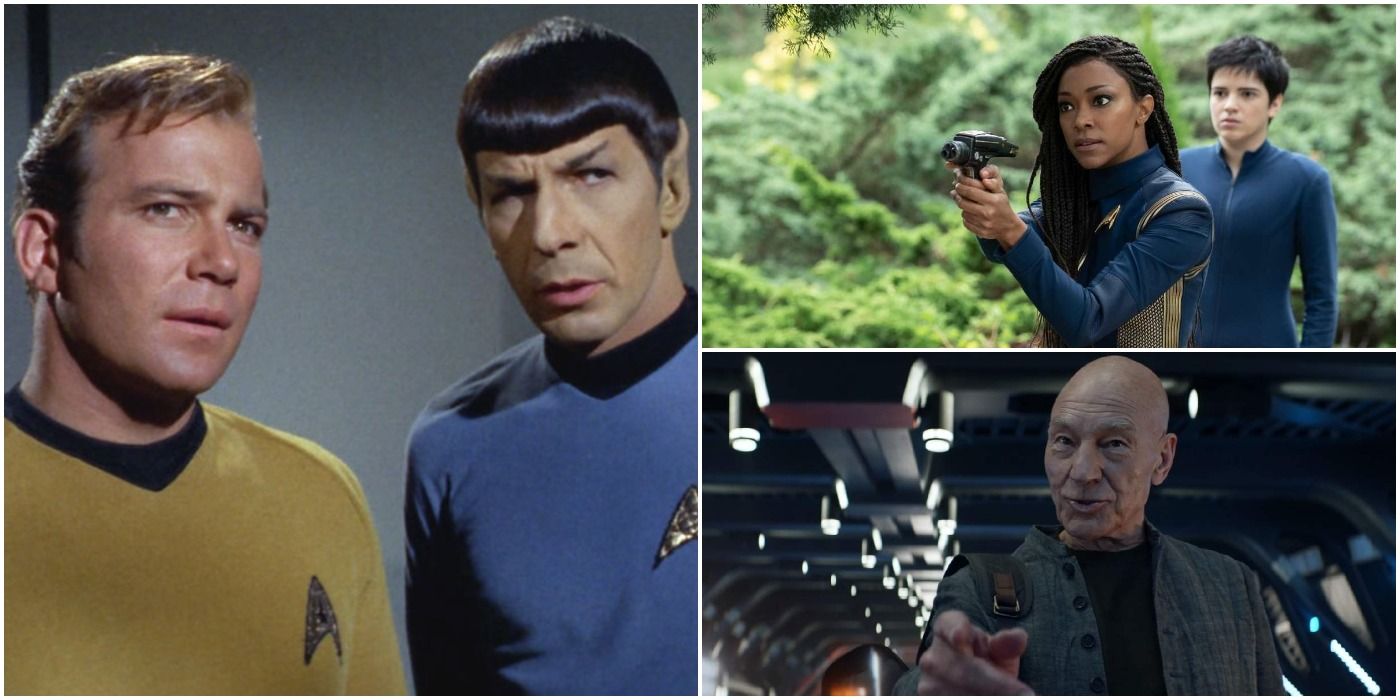
Star Trek has been around for over fifty years. In that time, it's carved out a place for itself among the most thoughtful science fiction properties ever, tackling complex themes regarding the human condition, social relations, and moral/ethical dilemmas. These messages have carried the franchise through numerous TV shows: The Original Series, The Next Generation, Deep Space Nine, Voyager, and Enterprise. Though they each have their issues, fans have enjoyed all of these series to varying degrees.
RELATED: 5 Star Trek Games Worth Discovering (& 5 Best Left Unexplored)
Unfortunately, the recent Star Trek: Discovery and Star Trek: Picard have rubbed many of these fans the wrong way. It goes beyond artistic liberties. The new creators overlook several details within the continuity and completely overhaul key themes. This makes the products practically unrecognizable as the same franchise. Of course, Trekkies have tirelessly picked them apart. In the eyes of diehard devotees, the writers have fundamentally misunderstood the very property they're working on.
10 The Tech Aesthetic
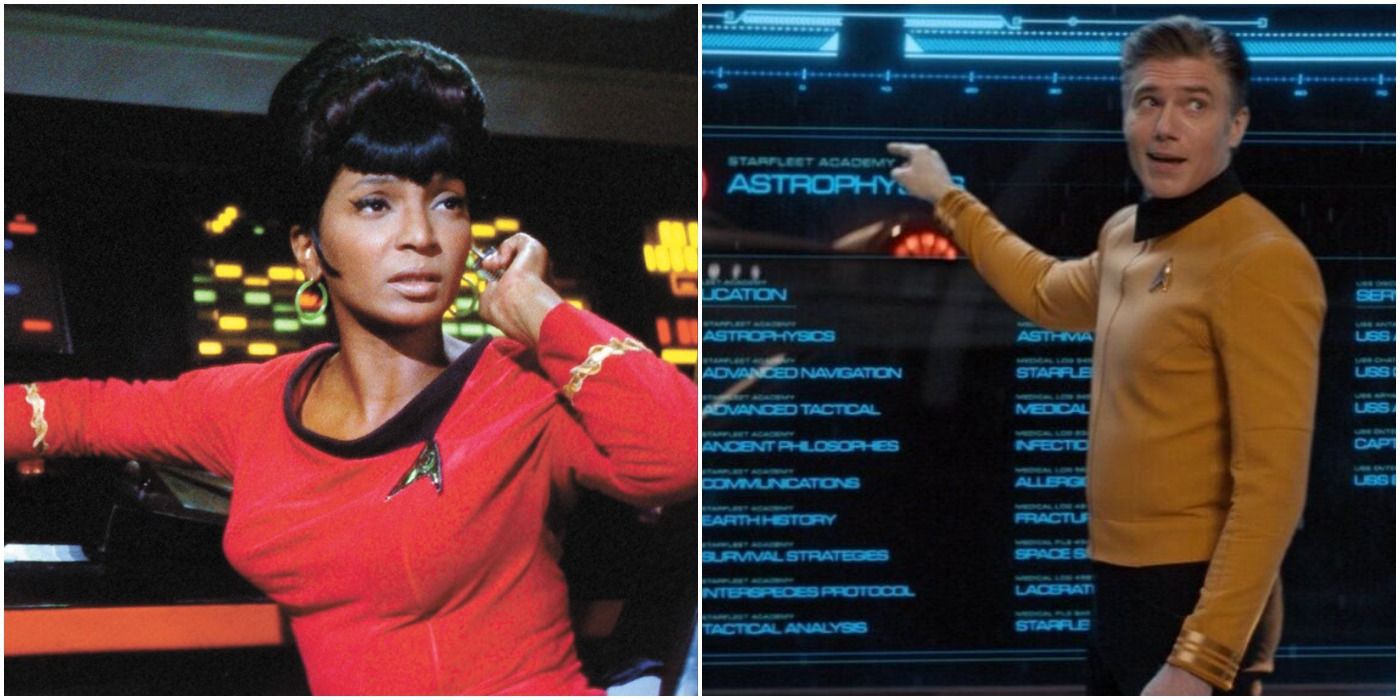
This is hardly a fair critique, but hindsight is still a funny thing. Some of the original Star Trek's technology can't help feeling out of date in appearance. The mess of knobs, dials, plastic screens, and cumbersome communicators contrast wildly with the touchscreens, holographic displays, and minuscule devices that most sci-fi fans know nowadays. Plus, the show didn't exactly have a huge budget, so it was limited in what it could do.
It's no surprise that Discovery looks so much sleeker despite taking place before. The creators obviously felt that this would more accurately reflect a modern vision of the future.
9 The Vulcans Advocate War
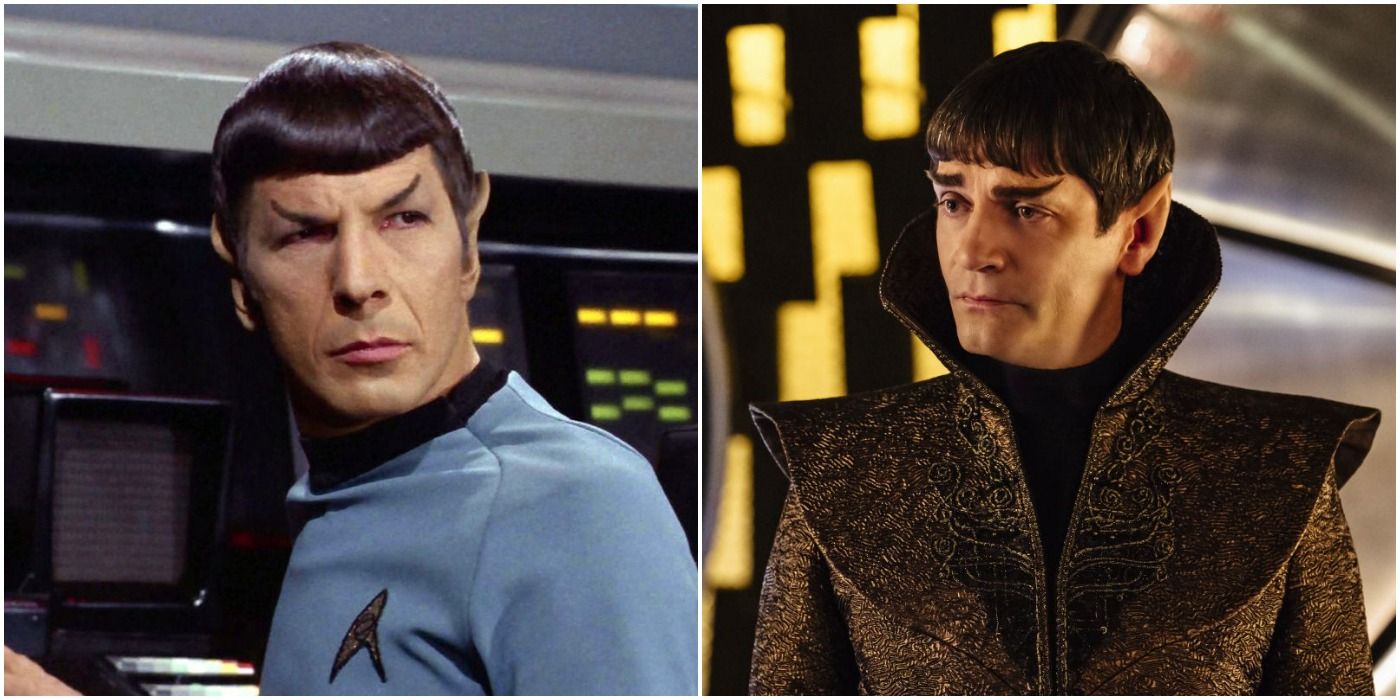
Right of the bat, Discovery shows how different it will present the mindset of these aliens. A tense standoff with the Klingons leads Michael Burnham to seek advice from adoptive father Sarek, a Vulcan ambassador. He reveals that his people previously used preemptive strikes to quell potential threats. In actuality, though, this would provoke the enemy, especially a warrior race like the Klingons.
Sure, the Vulcans have a somewhat primal past, but they are primarily a peaceful and intelligent species. At the very least, Sarek must have known what Burnham would do with this suggestion, but what Vulcan would instigate a conflict, let alone one of this scale? Deliberately starting a war is most illogical.
8 Picard Is A Completely Different Character
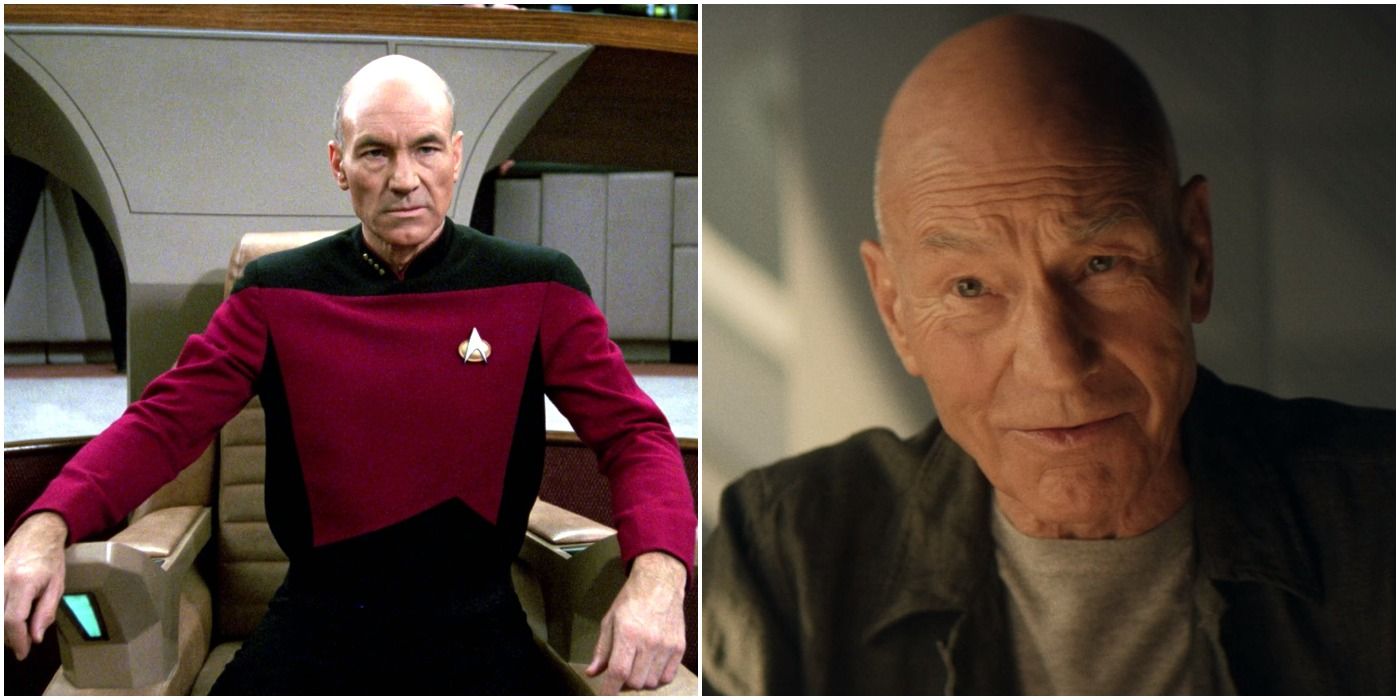
In contrast to the brash-yet-personable Kirk, Picard was a methodical and closed-off captain. His authoritarian attitude may have seemed cold, but his efficiency and intelligence often got the job done. Above all, he was respectful of other cultures; this aided in his negotiations.
RELATED: Star Trek Vs. Star Wars: The 5 Best Video Games In Each Franchise
Now, the recent Picard TV show paints the titular character as an emotional wreck with a bleeding heart. He's so stuck in his ways that he often causes conflict with opposing parties. The script chalks some of this up to PTSD from his Borg brainwashing, but he supposedly got over that in The Next Generation. Of course, he probably picked this up from the same place as his newfound fondness for Data. Sure, many people change throughout their lives, but this is practically a 180-degree flip.
7 The Elitist Federation Of Planets
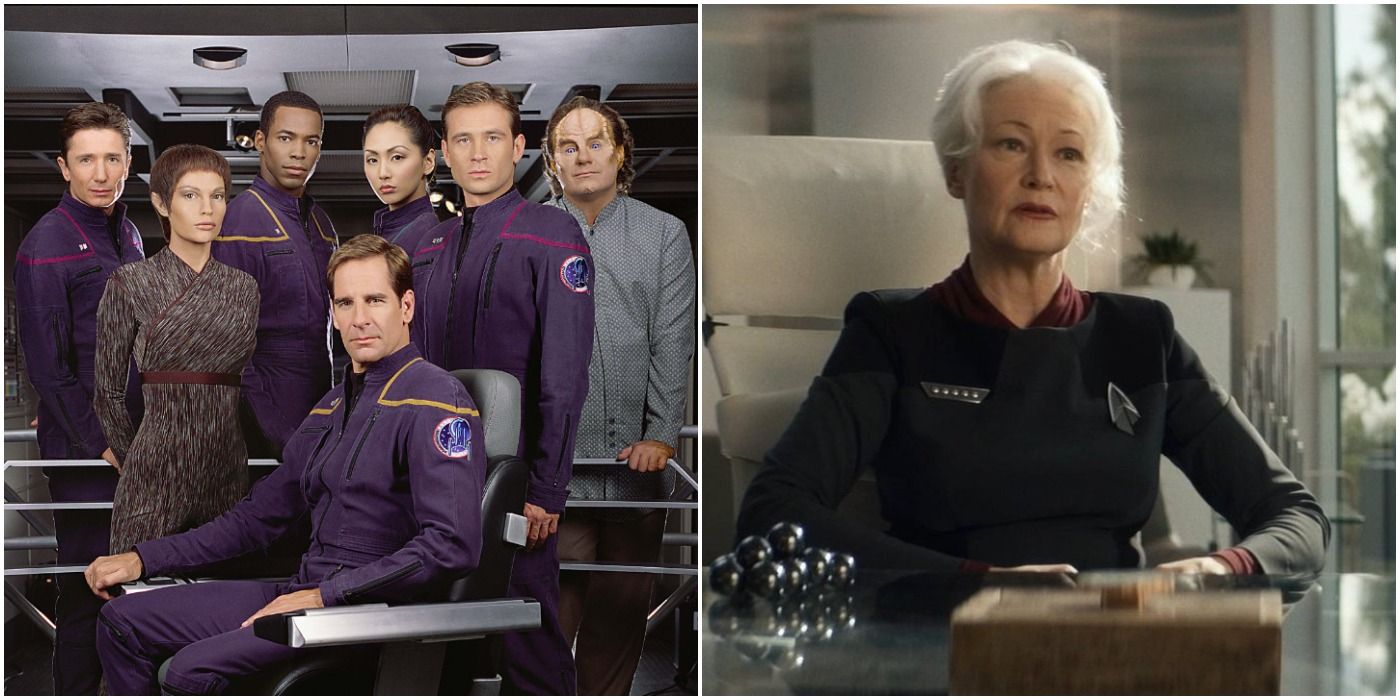
Star Trek has always been about hope. Its central organization--the United Federation of Planets--stands as a testament to cooperation and kinship with countless other races, regardless of their beliefs.
By contrast, the Federation in these new shows is colder and less accepting of other worldviews. This leads members to treat the hands-off Prime Directive as more of a light suggestion than an actual rule. They see themselves as the supreme arbiters of who lives and dies, evidenced by their refusal to help the Romulans in their hour of need. For comparison, they were perfectly willing to help the Klingons out of a similar jam in The Undiscovered Country.
The creators made these changes to critique the Trump-era United States, but this goes against what was previously established by the Federation. Granted, Deep Space Nine also challenged this idyllic image, but it was never this blatant or extreme.
6 The Klingons Are Even Uglier
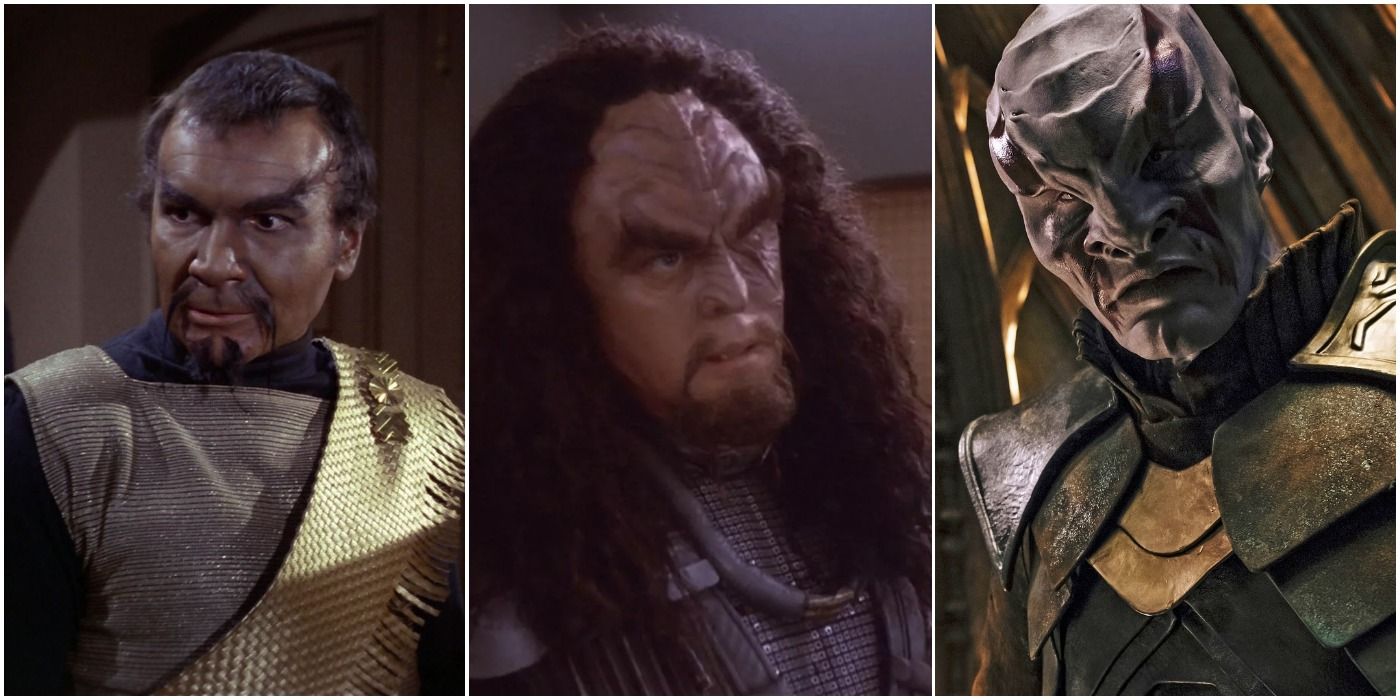
These battle-ready warriors have changed several times at this point. At first, they just looked like humans with Fu Manchu mustaches and gold body paint. Again, the original show's budget prevented much else. Thankfully, starting with the first movie and continuing for all subsequent appearances, the Klingons looked far hardier. Their burly frames, armored craniums, and long hair made for an imposing sight akin to Vikings or Mongols.
Discovery takes this several steps further. Not only have most of these Klingons lost their hair, but they have so many disgusting details prosthetically piled on that it limits the actors. Their faces barely move, and their teeth prevent them from speaking clearly. In short, the warriors are now little more than monsters.
5 What's The Deal With The Trills?
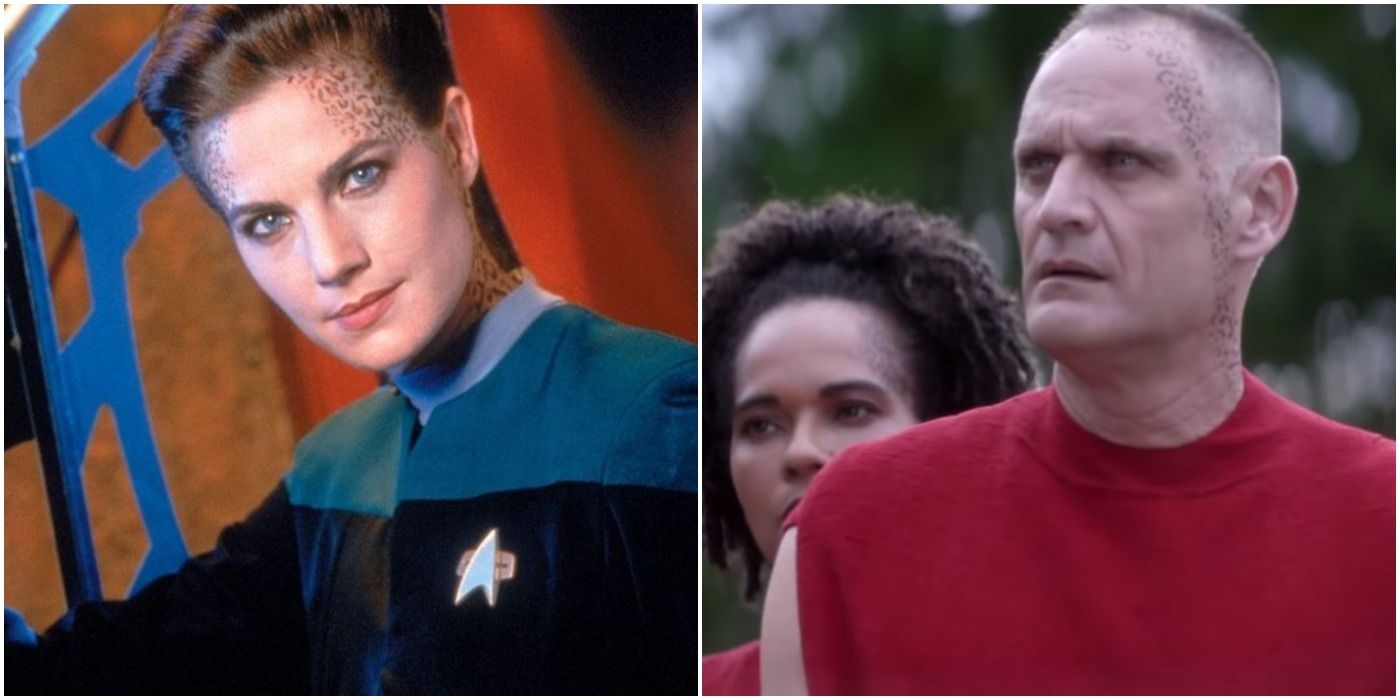
These dotted denizens assert in Discovery that they've never forced a separation between a host and symbiont. Setting aside the obvious improbability of that statement, what about Joran Dax? This murderer was such a misfire on the Dax symbiont that the Symbiosis Commission tried to cover it up. He didn't call for a forced separation?
Joran's presence also reveals that symbionts aren't as picky as everyone thought. About half the Trill population are viable hosts; the Commission simply keeps this quiet so as to root out the "most worthy" candidates. On the other hand, Discovery states that a galaxywide destructive event wiped out a chunk of their people, including most of these hosts. However, it's pretty unlikely that they still wouldn't have enough viable Trills, especially once they started reproducing. They shouldn't need outside help.
4 The Zhat Vash Are Hogwash
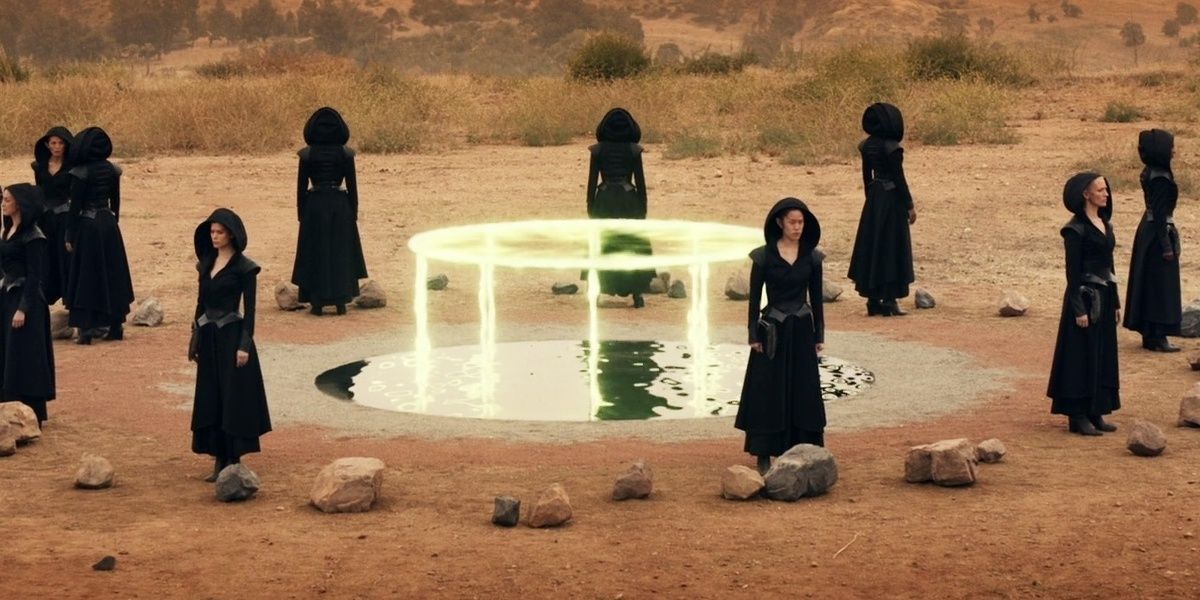
Most major powers seem to have a shadow organization or spec ops unit to operate behind the scenes or take on the toughest tasks. The Federation has Section 31, the Cardassians have the Obsidian Order, and the Romulans have the Tal Shiar.
RELATED: 10 Best Space Western Movies & TV Shows
Apparently, that's not enough. According to Star Trek: Picard, the Romulans have another secret sect that dates back further than the Tal Shiar. These are the Zhat Vash, and they're supposedly a more deep-seated organization for combatting androids and other synthetic life. However, these artificial beings have been part of Star Trek since the beginning. Theoretically, these Romulan agents should have surfaced before now, but it would have only exposed how redundant they are.
3 Where'd They Get The Replicators?
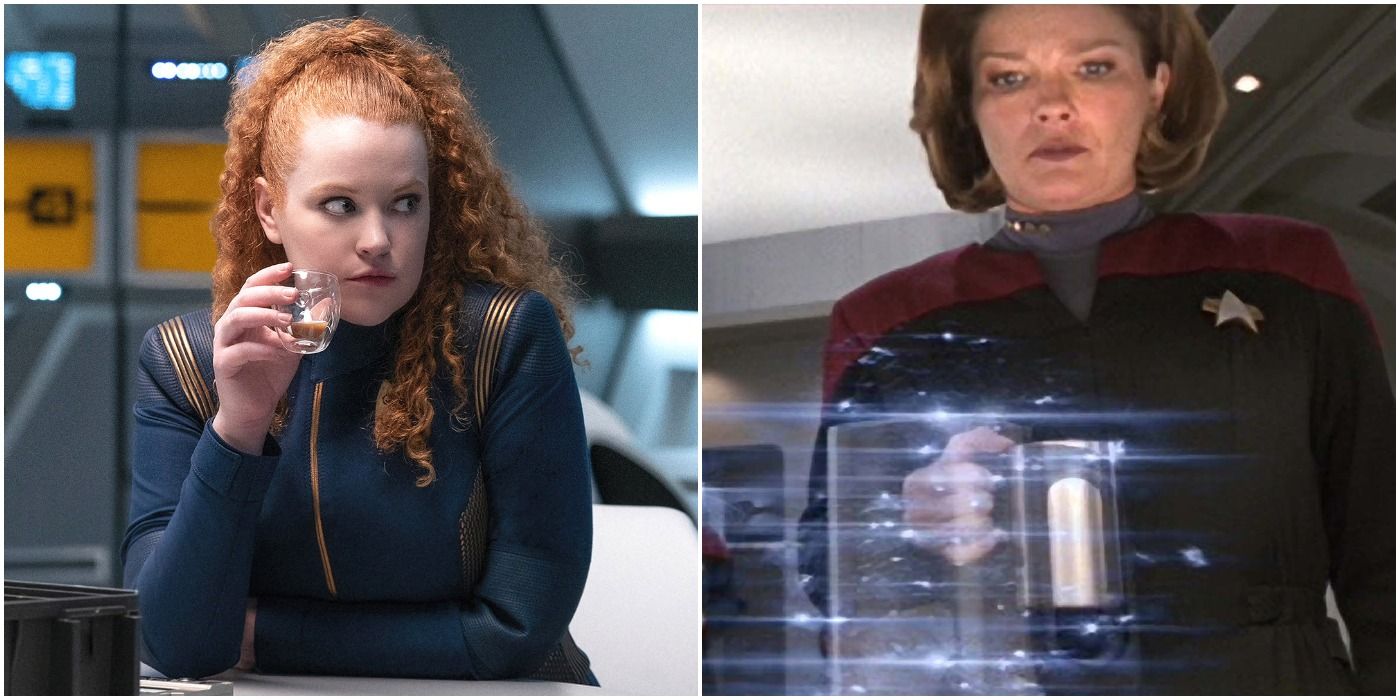
The folks in Discovery sure are lucky to have replicators. These handy machines can materialize food and drinks seemingly out of thin air. There's only one problem: they shouldn't exist yet.
Replicators didn't come into fashion until The Next Generation and Deep Space Nine. The crew in The Original Series still used rations and food pellets. Discovery supposedly takes place before this, so where'd these guys get the replicators? Did they go forward in time and steal them? It could have been a butterfly effect of the time travel antics in J.J. Abrams's Star Trek flicks, but those are in an entirely different timeline.
2 Hold Your Hologram
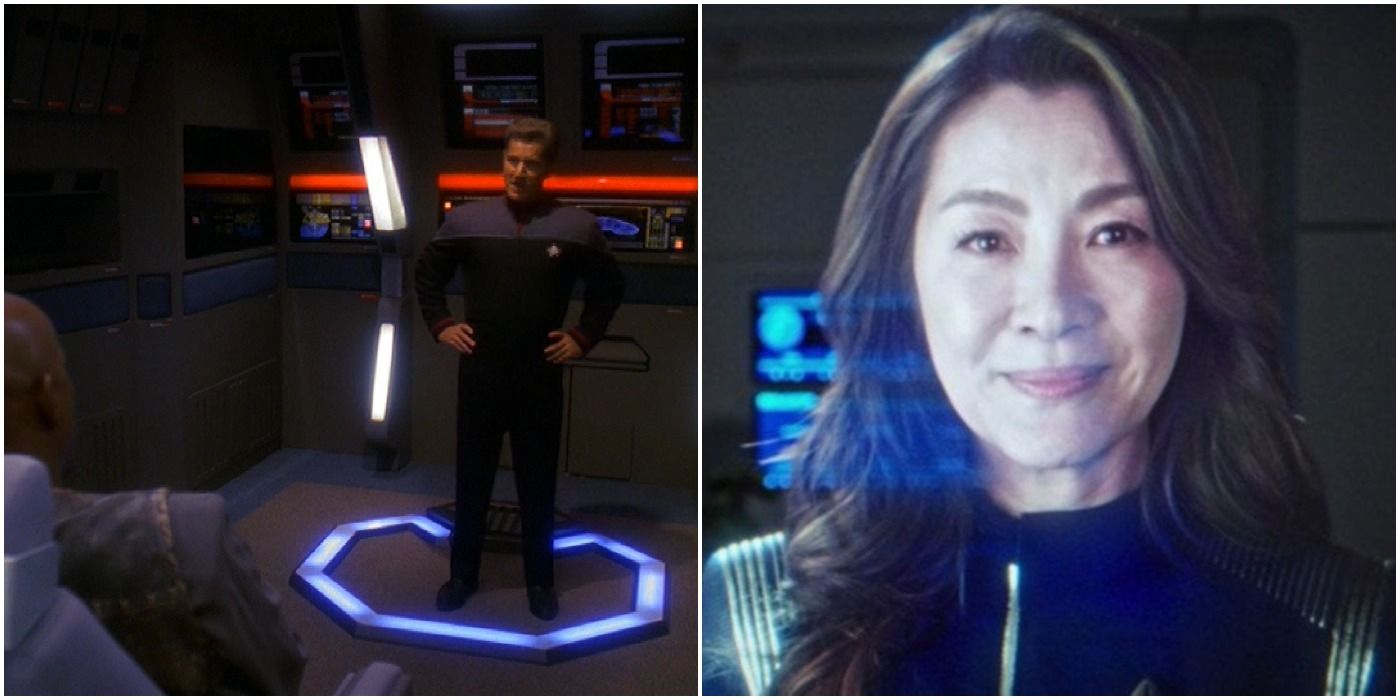
Another familiar piece of tech in Discovery is a common tool in sci-fi: a holographic communicator. Characters casually talk to each other over great distances by projecting images of themselves to connecting devices. Just like with the replicators, though, the guys in the new show should have no idea what these things are.
Not only were holographic communicators nowhere in The Original Series, but Deep Space Nine specifically says that they're a newer piece of technology. Yet, Discovery constantly throws them around decades prior. Don't tell Chief O'Brien; he was really proud of his new toy.
1 Swearing, Sex, And Violence
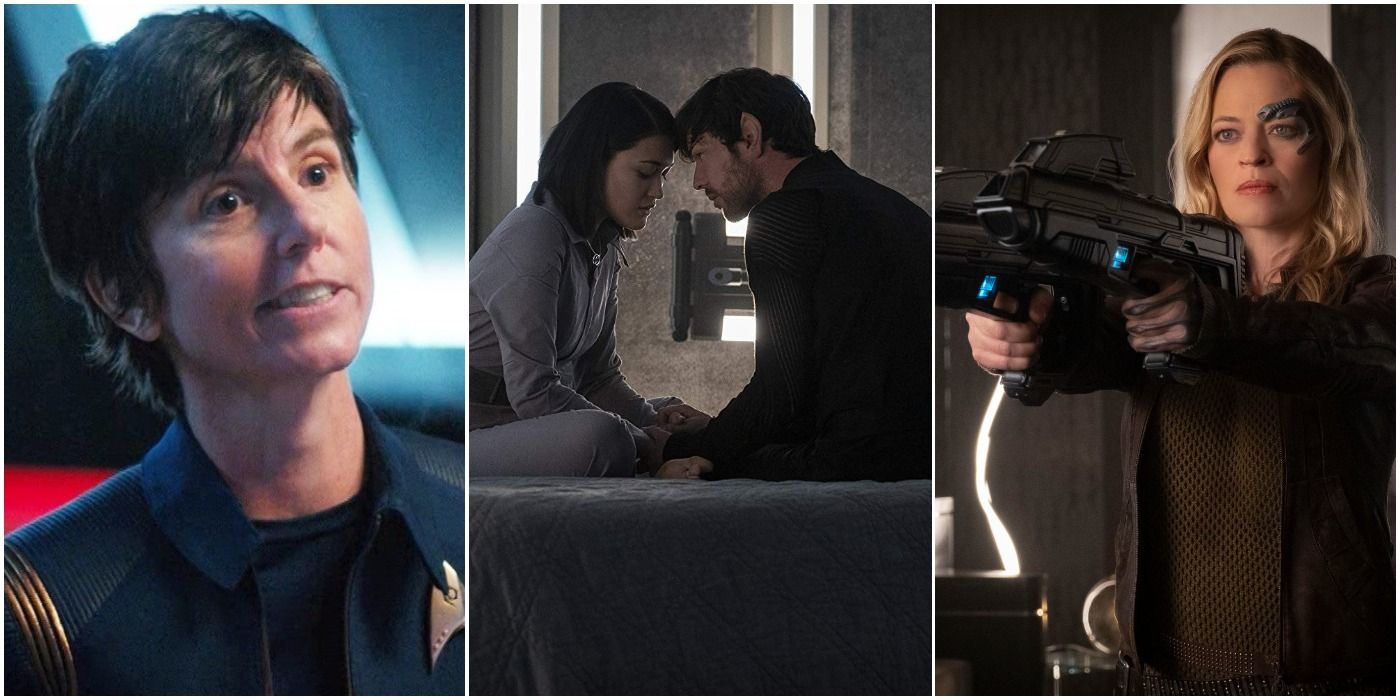
The dialogue in these new Star Trek shows is anachronistic. The characters talk in modern lingos and make juvenile jokes. Trying to push the envelope, though, the shows also throw in a slew of swear words, sex scenes, and gruesome violence.
Star Trek was never this down and dirty, even during its darkest moments. The characters tried to approach situations intellectually; sex mostly occurred offscreen; combat was clean and efficient. Above all, the stories didn't dwell on any of this. Be it due to budgetary limits or not, these shows demonstrated a different time, one where intellect triumphed over baser instincts.

